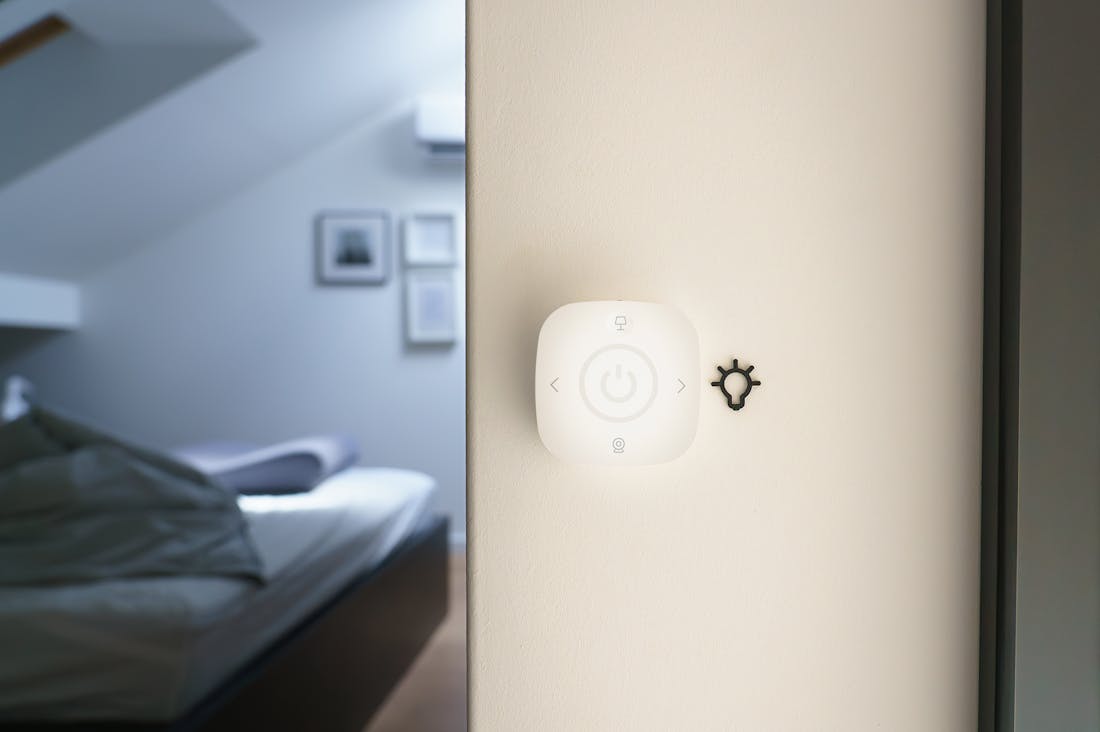In today's rapidly evolving technological landscape, the seamless integration of smart devices in home automation is revolutionizing the way we interact with our living spaces. This innovative approach enhances convenience, efficiency, and security, empowering homeowners to manage their environments effortlessly. By connecting various devices, from lighting and heating systems to security cameras, users can create a harmonious ecosystem that adapts to their lifestyle. Emphasizing customization and user-friendliness, this integration not only streamlines daily routines but also promotes energy efficiency and cost savings. As we delve into the world of smart home technology, the potential for enhanced living experiences is both exciting and transformative.

Choosing Essential Smart Devices for Home
Choosing essential smart devices for your home can significantly enhance convenience, security, and energy efficiency. Start by assessing your specific needs: do you want to improve home security, automate lighting, or monitor energy consumption? Popular options include smart speakers, which serve as control hubs for various devices, smart security cameras for monitoring your property, and smart thermostats that learn your temperature preferences to optimize energy usage. When selecting devices, consider compatibility with existing systems, ease of use, and the robustness of their security features to protect your personal data. Investing in essential smart devices can create a seamless, efficient living environment tailored to your lifestyle.

Establishing a Centralized Control System
Establishing a centralized control system is crucial for enhancing operational efficiency and ensuring cohesive management across various departments or units within an organization. This approach consolidates decision-making processes and data management under a single framework, thereby streamlining communication and reducing the risk of errors that can arise from decentralized systems. A centralized control system enables real-time monitoring of performance metrics, allowing for swift responses to emerging challenges and adaptability to market changes. Additionally, it fosters a sense of accountability, as roles and responsibilities are clearly defined. Ultimately, this systematic framework not only improves coordination but also facilitates strategic planning and resource allocation, driving overall organizational growth and performance.

Enhancing Home Security with Technology
Enhancing home security has become increasingly accessible and effective through the integration of modern technology. Smart home devices, such as security cameras, motion sensors, and smart locks, offer homeowners unprecedented control and awareness of their property. For instance, video doorbells allow residents to monitor visitors in real-time from their smartphones, providing immediate alerts when someone approaches their doorstep. Additionally, smart security systems can be programmed to send notifications directly to users in case of suspicious activity, enabling quick responses to potential threats. By utilizing automation, such as scheduled lighting or remote surveillance, homeowners can create the illusion of occupancy when they are away, deterring intruders. Ultimately, the combination of these technologies not only enhances security but also offers peace of mind in today’s ever-evolving security landscape.
The Role of Voice Assistants in Smart Homes
Voice assistants have become an indispensable part of smart home technology, offering users a hands-free way to control various devices. With voice-activated commands, homeowners can easily adjust lighting, control thermostats, and even manage their entertainment systems without needing to navigate through multiple apps. This not only enhances convenience but also promotes accessibility for individuals with mobility challenges. Popular voice assistants such as Amazon Alexa, Google Assistant, and Apple's Siri integrate seamlessly with a wide range of smart devices, allowing for personalized routines. For example, creating a 'good morning' routine can turn on lights, start brewing coffee, and read the weather forecast, setting a positive tone for the day ahead.
Energy Management and Smart Home Automation
One of the most significant advantages of smart home technology is its ability to enhance energy management, leading to substantial savings on utility bills. Smart devices such as energy-efficient appliances, smart plugs, and home energy monitoring systems allow users to track and optimize their energy consumption. Smart thermostats can learn user habits and adjust heating and cooling schedules accordingly, ensuring that energy is not wasted. Additionally, integrating solar panels with smart home systems can maximize energy use by directing excess energy back to the grid. By utilizing data analytics, homeowners can make informed decisions about their energy usage, contributing to both environmental sustainability and cost-effectiveness.
Integrating Smart Home Technology with Home Security
As smart home technology continues to advance, integrating it with home security systems has become increasingly vital. Homeowners can now monitor their properties from anywhere in the world, receiving real-time alerts about any suspicious activity. By combining smart locks, cameras, and alarms, users can create a comprehensive security ecosystem. For instance, smart locks can be programmed to grant temporary access to guests, while security cameras provide video feeds directly to smartphones. Moreover, integrating these systems with emergency services can expedite responses in the case of a break-in or emergency. This level of integration not only increases safety but also offers users unparalleled control and peace of mind.
Future Trends in Smart Home Technology
Looking ahead, the future of smart home technology is promising, with advancements that will further enhance user experiences. The integration of artificial intelligence (AI) is expected to play a significant role in making smart homes even more intuitive. AI-driven systems can analyze user behavior patterns, predict needs, and automate tasks more efficiently. Additionally, the development of 5G technology will enable faster and more reliable connections between devices, leading to improved performance and responsiveness. As smart home ecosystems become more interconnected, users will enjoy greater customization and seamless interactions. This evolution will not only transform how we live but will also positively impact energy efficiency and environmental sustainability.
AI-Assisted Content Disclaimer
This article was created with AI assistance and reviewed by a human for accuracy and clarity.